EDITOR ANNALISA BERTA
WHALES, DOLPHINS & PORPOISES
A NATURAL HISTORY AND SPECIES GUIDE
THE UNIVERSITY OF CHICAGO PRESS
Chicago
Annalisa Berta has been Professor of Biology at San Diego State University, California, for more than 30 years specializing in the anatomy and evolutionary biology of marine mammals. Past President of the Society of Vertebrate Paleontology and co-Senior Editor of the Journal of Vertebrate Paleontology, Berta has authored and co-authored numerous scientific articles and several books.
The University of Chicago Press, Chicago 60637
The University of Chicago Press, Ltd., London
2015 by Ivy Press Limited
All rights reserved. Published 2015.
ISBN-13: 978-0-226-18319-0 (cloth)
ISBN-13: 978-0-226-18322-0 (e-book)
DOI: 10.7208/chicago/978-0226183220.001.0001
Portions of this work were written and prepared by officers and/or employees of the U.S. Government as part of their official duties and are not copyrightable.
Library of Congress Cataloging-in-Publication Data
Berta, Annalisa, author.
Whales, dolphins, and porpoises : a natural history and species guide / Annalisa Berta.
pages cm
Includes bibliographical references and index.
ISBN 978-0-226-18319-0 (cloth : alk. paper) ISBN 978-0-226-18322-0 (ebook) 1. WhalesAnatomy. 2. DolphinsAnatomy. 3. PorpoisesAnatomy. 4. WhalesBehavior. 5. DolphinsBehavior. 6. PorpoisesBehavior. I. Title.
QL737.C4B6515 2015
599.5dc23
2015008715
 This paper meets the requirements of ANSI/NISO Z39.48-1992 (Permanence of Paper).
This paper meets the requirements of ANSI/NISO Z39.48-1992 (Permanence of Paper).
Color origination by Ivy Press Reprographics
JACKET AND LITHOCASE IMAGES
Nature Picture Library/Martin Camm (WAC): Andrews beaked whale, Arnouxs beaked whale, Atlantic humpback dolphin, beluga, blue whale, Ganges River dolphin, gray whale, Irrawaddy dolphin, narwhal, pantropical spotted dolphin, Peales dolphin, short-beaked common dolphin, southern bottlenose whale, southern right whale, spectacled porpoise, sperm whale, striped dolphin.
Nature Picture Library/Rebecca Robinson: Australian snubfin dolphin, Guiana dolphin.
Sandra Pond: Commersons dolphin, Indo-Pacific finless porpoise.
This book was conceived,
designed, and produced by
Ivy Press
210 High Street, Lewes
East Sussex BN7 2NS
United Kingdom
www.ivypress.co.uk
Publisher SUSAN KELLY
Creative Director MICHAEL WHITEHEAD
Editorial Director TOM KITCH
Senior Project Editor CAROLINE EARLE
Commissioning Editor KATE SHANAHAN
Design J C LANAWAY
The eighty-nine cetacean species that swim our seas and rivers are as diverse as they are intelligent and elusive, from the hundred-foot-long, two-hundred-ton blue whale to the lesser-known tucuxi, ginkgo-toothed beaked whale, and diminutive, critically endangered vaquita. The huge distances these highly migratory creatures cover and the depths they dive mean we catch only the merest glimpses of their lives as they break the surface of the water. But thanks to the marriage of science and technology, we are now beginning to understand their anatomy, complex social structures, extraordinary communication abilities, and behavioral patterns. In this beautifully illustrated guide, renowned marine mammalogist Annalisa Berta draws on the contributions of a pod of fellow whale biologists to present the most comprehensive, authoritative overview ever published of these remarkable aquatic mammals.
CONTENTS
INTRODUCTION
Whales, dolphins, and porpoises, also known as cetaceans, include 90 currently recognized living species. Although some cetacean species are on the brink of extinction, there are also exciting discoveries of new species. This guide is intended to introduce the reader to the identification and biology of these magnificent and charismatic mammals of the sea.
Part One of this guide includes information about cetacean biology. The Phylogeny & Evolution section highlights where whales originated and how they evolved and diversified from the tropics to polar waters. The Anatomy & Physiology section includes key features of the head, body, and appendages (fins, flippers, and flukes) that enable a fully aquatic lifeemphasizing a few novel adaptations, such as high-frequency sound production and reception in some whales. These adaptations provide a historical framework for understanding how these mammals make a living today and guide our efforts in their conservation. The Behavior section highlights the social organization of cetaceans ranging from solitary species to the highly complex societies of some toothed whales. Cetaceans have evolved to feed on a diverse prey. Whales feed on aggregations of zooplankton averaging less than an inch (1-2 mm) in length to large squid 10 ft (3 m) or more in length. The section on Food & Foraging identifies how whales locate and catch their prey using techniques that range from the pursuit of individual fish to bulk feeding of large aggregations of zooplankton. The Life History section highlights the growth, reproduction, and survival of cetaceans including techniques for determining the age of whales. The reproductive biology of cetaceans reveals that many species do not reproduce annually, which is a key factor guiding our conservation efforts. The Range & Habitat sections reveal how new techniques such as digital devices and satellite telemetry track the location, movement patterns, and ranges of cetaceans. The Conservation & Management section discusses the status of some endangered species, major threats, and notable conservation actions designed to protect cetacean species.
Part Two of this guide includes Identification Tools & Maps, which provides keys to the identification of whales, dolphins, and porpoises using distinctive body featuressuch as size, color, and markings, and fluke and flipper shapes. There are many ways to watch cetaceansfrom the air, on land, and at sea. Many display distinctive surface behaviors described in this section such as leaping out of the water, which aids in their identification. Another section describes whale watching, which brings people in close contact with whales, covering the gear involved as well as some top viewing locations around the world. Checklists provide species assemblages encountered in different regions of the world.
The largest section of this guide, Part Three , is the Species Directory (see ). This is followed by several appendices including a classification of cetaceans list, glossary of commonly used terms, and an index. We hope that you are inspired to find, recognize, watch, and appreciate whales, dolphins, and porpoises. Their future and ultimately our own depends on our abilities and efforts to conserve and protect the worlds oceans and its inhabitants.

Gregariousness
Groups of common bottlenose dolphins often travel together exhibiting playful behavior.

Breaching
This image shows a humpback whale displaying a typical breaching behavior in which whales, dolphins, and some porpoises leap out of the water. There are a number of possible explanations for this behavior including signaling, dominance, or warning other whales of danger.
THE BIOLOGY

Next page
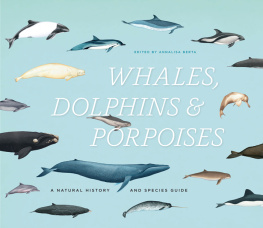
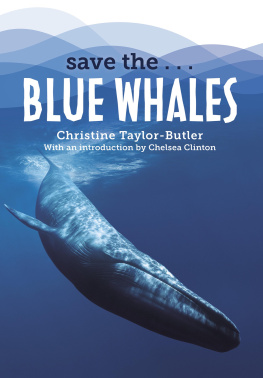
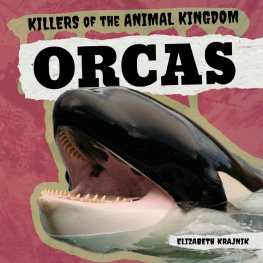
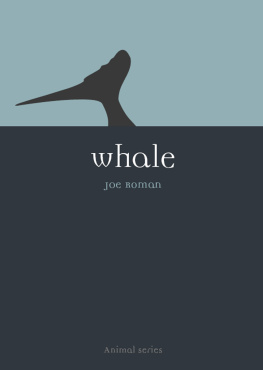
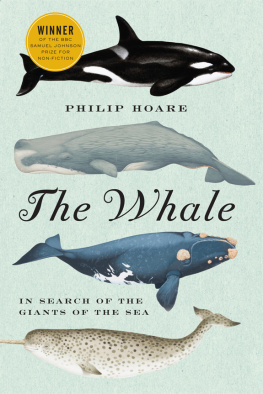
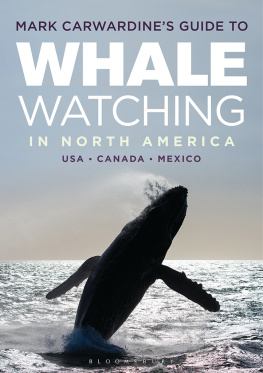
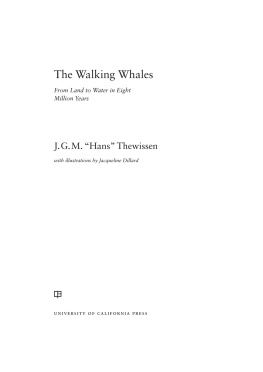

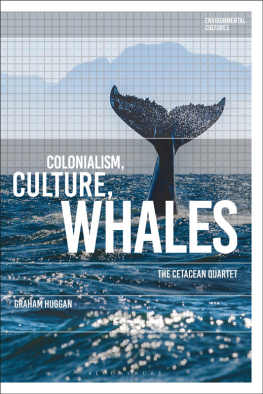
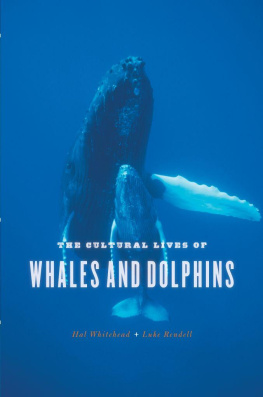


 This paper meets the requirements of ANSI/NISO Z39.48-1992 (Permanence of Paper).
This paper meets the requirements of ANSI/NISO Z39.48-1992 (Permanence of Paper).

